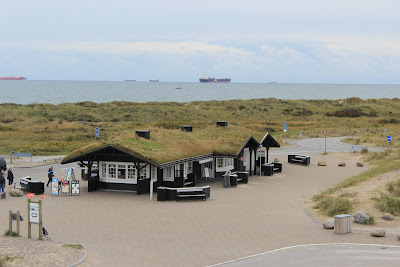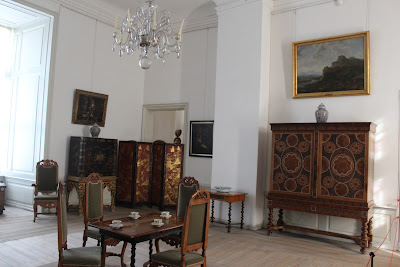I am always conflicted when faced with the prospect of free art galleries.
Because I really don't get art galleries.
But I REALLY like free stuff.
My inner-stinge won out, which took me to one of Copenhagen's best art galleries, the Ny Carlsberg Glyptotek.
The Glyptotek was opened in 1897 to house the formerly private collection of Carl Jacobsen - famously of Carlsberg beer. I honestly think that Denmark was just a giant swamp until the brewers got here. You can barely walk anywhere in any city without seeing a major building which was built by the Carlsberg brand. Anywho, the Glyptotek is the home to the largest collection of Mediterranean art outside of the Mediterranean. What is more impressive is that they have somehow managed to grow a tropical courtyard garden, complete with palm trees, in the foyer.
 |
| Also fish. |
There really isn't much I can offer in terms of commentary of reflection on my experience. It was art. It was free. They had a free coffee machine on level 3, and one of the modern art pieces had a footprint on it, so make of that what you will.
 |
| Sneaky nip-slip |
 |
| We got to the modern art section. |
 |
| I just really, really, really struggle to take art seriously when IT'S BEEN STEPPED ON AND DISPLAYED |
 |
| Me. Art and antiquities appreciator. |
































































